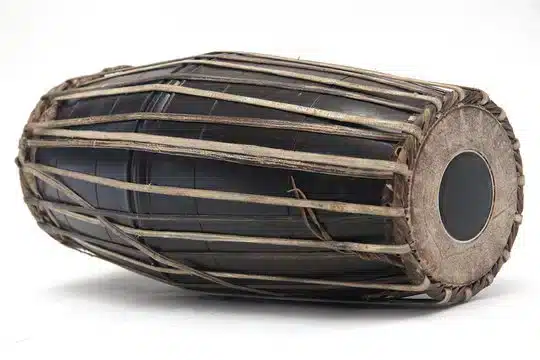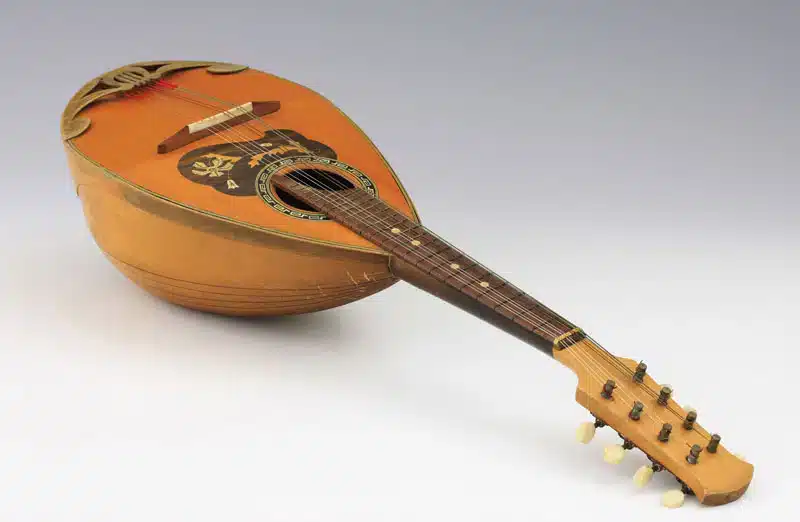
Veena Classes for Beginners
Veena is a traditional Indian musical instrument that has been played for centuries. It is a stringed instrument that is known for its soothing and melodious sound. If you are a beginner who is int
Read
Carnatic Music, also known as Karnataka Sangeetha is a form of music unique to South India. While north India follows Hindustani music, southern states of Karnataka, Andhra Pradesh, Telangana, Tamil Nadu, and Kerala are known for Carnàtic Music performances.
.webp)
Carnatic music performance often involves a small team consisting of the main singer (vocalist), assisted by other singers and musical instrument players. Listening to the melodious songs, rhythms and musical tunes will be a soul-enriching experience.
Carnatic or Karnatak (as in the state of Karnataka, India) music evolved from the Hindu traditions in Southern Indian between the Eastern Ghats and the Bay of Bengal. It remained similar to the musical traditions of the north for the early half of its existence. Carnatic music generally involves an ensemble of musicians with the vocalist or melodic instrument playing the main role.
The main performer is accompanied by a rhythm section and a drone instrument.
We’ll look at the main instruments of the tradition with some recommendations to explore the music further.
Many people tend to simplify Indian Classical Music and often overlook the important distinction between its two distinct traditions:
The mridangam (also known as tannumai) is one of the oldest percussion instruments in the Indian subcontinent. It has played a major role in the development of the Indian tala (rhythm) system. It’s low-end in a Carnatic ensemble, accompanied by other percussions.
References to the instrument date back to 200 BC and state that the original construction was made from clay. Today, this double-edged hand drum is made from 1-inch thick jackfruit wood with goatskin drum heads on each side. It plays the same role as a pakhawaj (that we featured in our other article) and is similar to the Gendang – another ancient Southeast Asian instrument. Historians believe that the Mridangam was split in half to create the table percussions as we know them today. It is revered for its deep and resonant bass and loud projection. This video shows the capabilities of the instrument with various rhythmic variations.

The ghatam is a simple clay pot with a narrow mouth that can be found in Punjab as the ‘garha’ or Western India as the ‘Matka’. It looks exactly like an ordinary domestic clay pot used to store water but the process of making it is more laborious as it needs to be the right size with even thickness for musical application. The pot is played with every part of the palm – including the ball, thumb, fingers, and heel to create unique sounds. Ghatam players play fast patterns in a very rhythmic fashion in the ensemble. They use a similar system as the ‘boys’ used for mridangam or table. The tonal quality of the ghatam varies with the origin of the clay and the ghatams of Manamadurai in India are revered for their rock-solid construction and unique tonality. You can watch a Carnatic ensemble in action featuring ghatam player and Grammy winner Vidwan Vikku Vinayakram in this video.
.webp)
The morning is a horseshoe-shaped lamellophone with two parallel metal forks and a tongue in between. The tongue (called the trigger) can be played with one hand and bent to create sounds of varying pitch. It is identical to a Jew’s harp (or jaws harp) and has been used across India. In Carnatic music, the morning is found in ensembles and it closely follows the mridangam’s bol (syllables) throughout the performance. You may know this as konnakol – reciting the syllables vocally before playing them on an instrument. Some ethnomusicologists believe that this instrument is the precursor to the harmonica. Its exact origins are not known but it is said to be at least 1500 years old. Variations of it can be found in various countries across Asia and Europe.
.webp)
The Carnatic Veena differs from the North Indian versions. It is a pear-shaped lute with a long neck that houses 24 frets and seven strings: four for melody and three for droning. It is one of the most important musical instruments for vocal accompaniment since antiquity in the Hindu tradition. The word Veena is the Sanskrit term for a ‘plucked string instrument’. References to the Veena can be traced back to the oldest texts of art and music in the Indian sub-continent. It has also been mentioned in the Hindu Vedas that were composed about 1500 BCE. The Veena has a 3-octave range that is ideal for raga-based performances. They are played used generous amounts of portamento and legato embellishments. Among the current Carnatic virtuosos, Jayanthi Kumaresh is considered to be one of the best Veena players in India.
.webp)
The Mandolin is, as you’d expect, not a part of the traditional Carnatic ensemble. It rose to fame in the 1980s with the emergence of U. Srinivas – a mandolin player & composed, touted to be the Mozart of Carnatic Music. As he was the pioneer of this style, the Carnatic mandolin is called the U. Srinivas Mandolin. Carnatic mandolins are slightly different from the regular versions and require a special luthier to modify the instrument. They don’t need 8-strings like the regular version. Instead, they have five strings that are tuned CGCGC. The style is also modified with the generous use of trills, slides, and fast single-string runs.

The violin emerged in Carnatic music in the late 18th century and was widely accepted due to its ability to approximate the sound of human vocals. Today, violins are common in Carnatic classical concerts as primary instruments or as accompaniment. Carnatic violin soloists are essential vocalists who play through the instrument with notes instead of lyrics. They have superior bowing skills and high-quality techniques. MS Gopalakrishnan is considered to be one of the most revered names in the Carnatic Music tradition.
.webp)
Tanpura, also called thumpura or tambura, is a lute-like instrument with a long, fretless neck and a dried gourd-like resonator made from wood. It has four strings that are used for droning purposes to accompany a vocalist in Indian classical music. There are two types of tanpuras a) Miraj Tanpura and b) Tanjore tanpura. The former is popular in the north (Hindustani Music) while the latter is used in Carnatic music. Their main differences are in the instrument’s construction, ornamentation, and uses.

Veena is a traditional Indian musical instrument that has been played for centuries. It is a stringed instrument that is known for its soothing and melodious sound. If you are a beginner who is int
Read
Carnatic music is a classical music form that originated in the southern part of India. It is a rich and intricate art form that has been passed down through generations. While many people associat
Read
Carnatic music is one of the oldest and most revered classical music traditions in India. It is a rich and intricate art form that has been passed down through generations. Learning Carnatic music
Read
Carnatic vocal music is a traditional form of Indian classical music that has been passed down through generations. It is a complex and intricate art form that requires dedication and practice. Whi
Read
Adi Shankaracharya, also known as Shankara Bhagavatpada, was a renowned philosopher and theologian who lived in India during the 8th century CE. He is considered o
Read
Singing is a beautiful art form that requires skill, practice, and dedication. However, even the most talented singers can make mistakes that hinder their progress. In this article, we will explore
Read
Carnatic classical music is a rich and intricate form of music that originated in South India. It is known for its complex melodies, intricate rhythms, and soulful
Read
Carnatic classical music is a rich and vibrant form of Indian classical music that originated in the southern part of India. It is known for its intricate melodies
Read
Carnatic classical music is a rich and intricate form of music that originated in South India. One of the key aspects of Carnatic music is the precise and clear articulation of syllables. This is e
ReadCarnatic music is a style of music that is frequently connected to South India, including the contemporary Indian states of Karnataka, Andhra Prade...
explore